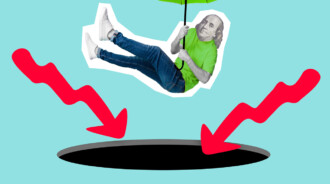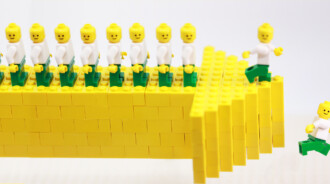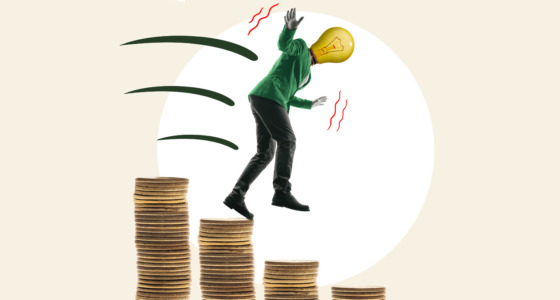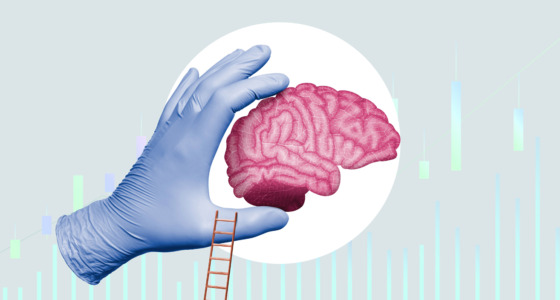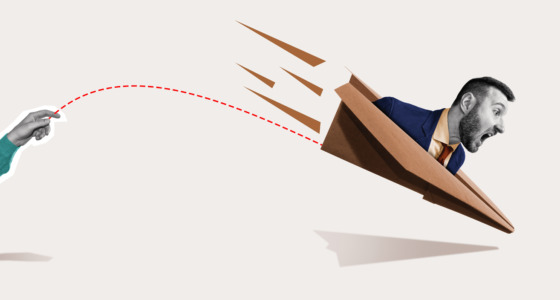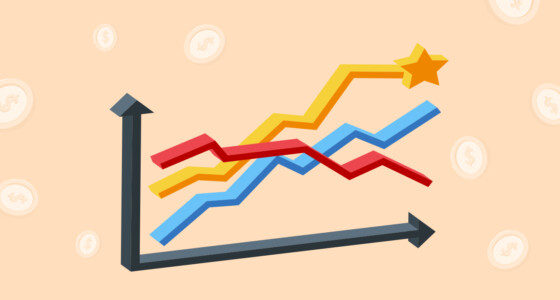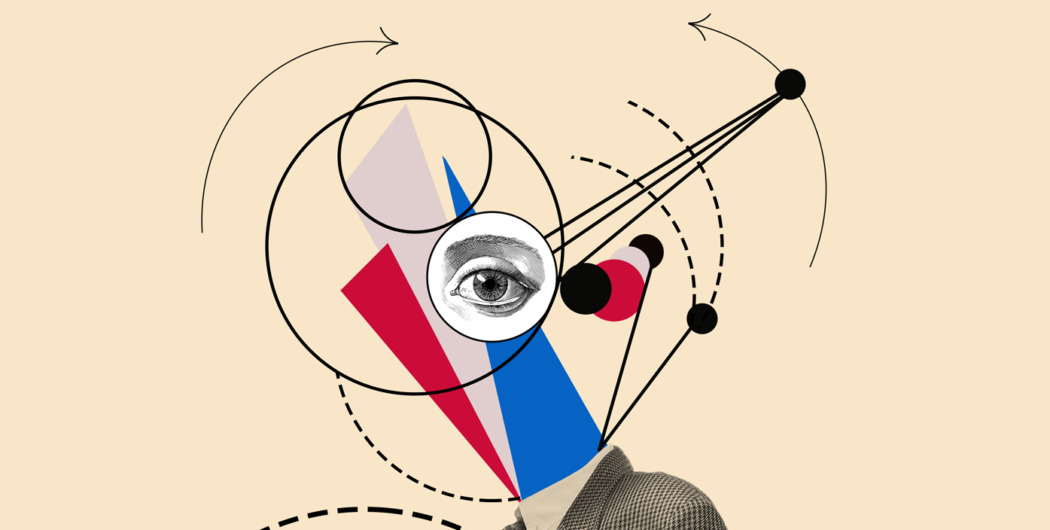

All traders have been there: they’ve found an excellent setup then entered their trade before the price then goes against them and they buy yet more because they have the belief that the price will go up eventually. And, when that price keeps going down, they keep on buying more until they’re left with huge losses and have to close. Sounds familiar?
So, why do we do it?
Now we’ll be discussing why trading failures are in our very nature – and importantly, how we can stop it!
The human brain isn’t meant to trade
The reason why we do such destructive things is down to a mechanism called ‘cognitive dissonance’. This is our internal shield designed to control how we act and live. Essentially, with cognitive dissonance, we’re experiencing discomfort or conflict due to our own actions.
One good example is that of smokers when reaching for their cigarettes. They’ll know 100% that smoking increases their cancer risks, but they won’t think of this each time they reach for a nicotine fix. This is because when we experience a negative emotion, we start to change our thoughts and behaviours in order to reduce our discomfort. Instead of giving up the cigarettes, they’ll use avoidance tactics.
How this applies to trading
When we take the smoking example, it’s easy to see how this phenomenon could apply to trading.
To look into this deeper, there are two biases when it comes to cognitive dissonance.
Either people will only notice information that seems to affirm their decision to continue trading (selective perception) or they will rationalise their actions so they stick to their plan (selective decision making). With the latter, it’s a question of ‘everyone does it’ that is used to justify the behavior. And we see this right from kindergarten.
Trading and cognitive dissonance
In trading, there are many ways in which cognitive dissonance shows up – and it can influence every layer of a trader’s decision-making.
- Cognitive dissonance means traders will add to their losers as a sort of protection mechanism. They believe they were right in their trade idea and that the price will turn soon so they should continue to buy while it’s cheap.
- When a trader only analyses one side of the market, they’ll be convinced about where prices will be going. Thus, they won’t be able to see how they could be wrong.
- When traders discuss positions and trades openly, they’re much more likely to try justifying their bad trades and defending their losses, making them stick with them longer.
- When money is still being lost further down the line, traders will still convince themselves that it’s a learning experience.
- When traders try to think of excuses for breaking their entry rules and chasing prices.
- When traders don’t look for the wider picture.

Can you reduce cognitive dissonance with trading?
Unfortunately, there isn’t a quick fix that will turn off the nature that is cognitive dissonance. This is something the human race has developed over thousands of years. However, there are things a trader can do to help them with making better decisions.
- Never talk about – or justify – trades to another person. Talking about trades means involving our ego and traders won’t want to show they’ve got a losing trade. When amateur traders talk about their trades, it means they will be more likely to stick with it as they’ll talk themselves into it.
- Have both short-term and long-term trading plans. Also, make sure you look at all sides of the market and not to convince you of something that is not true
- Have a journal. This will help raise your awareness of your behaviors around trades. Tracking what you do and when means you’re less likely to repeat mistakes.
- Understand that you will never know all there is to know about trading and that you will have losses. When traders can’t take losses well, they have little chance of ever doing trading full-time.
- When deciding to take a trade, talk to yourself out loud as though you are explaining what you’re doing to someone else. This might seem silly, but you’ll be able to tell whether or not your plan makes sense.
Final thoughts
The human brain is a master of trickery. Understanding cognitive dissonance and being aware of how it can manipulate behavior is the first step in controlling how we trade. This is crucial for maintaining objective assessments of our abilities and performance as a trader. Without this awareness, we really are our own worst enemies!
